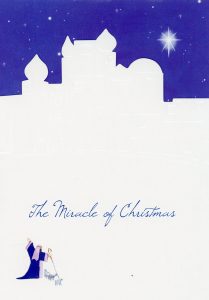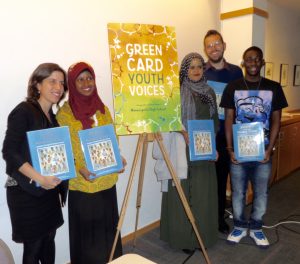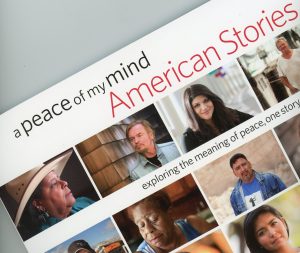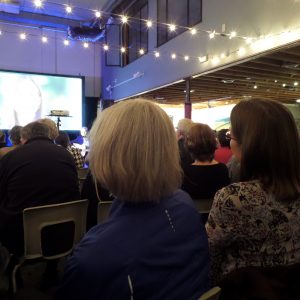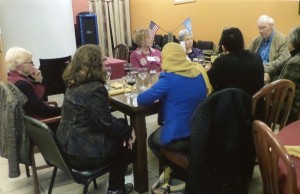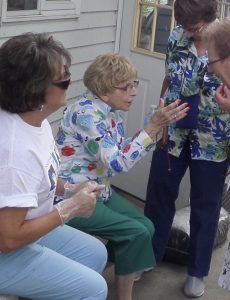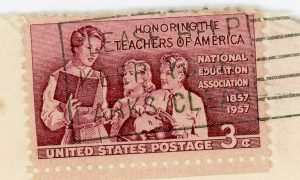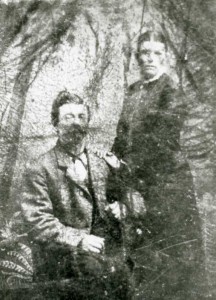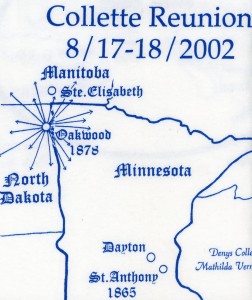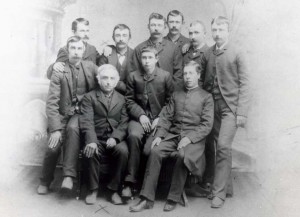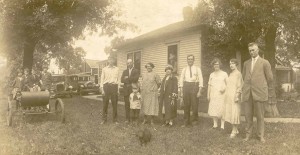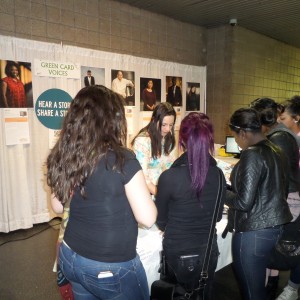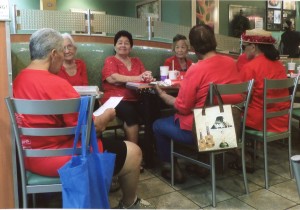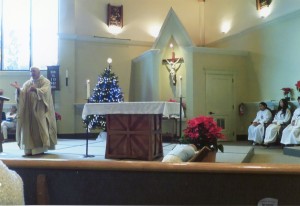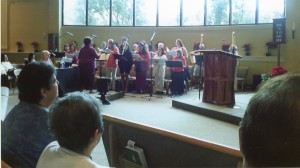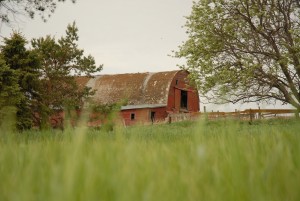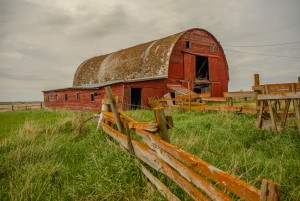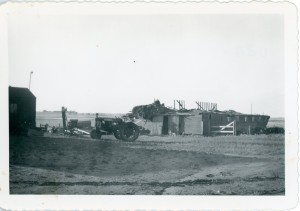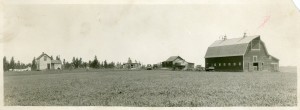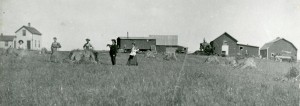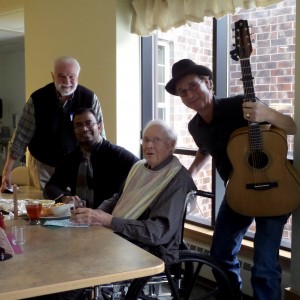“Seek First to Understand, Then To Be Understood“; Stephen Covey, Seven Habits of Highly Effective People.
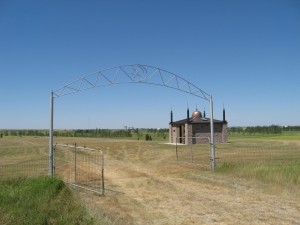
A mosque and cemetery on the North Dakota prairie, July 28, 2007
(click on photos to enlarge them)
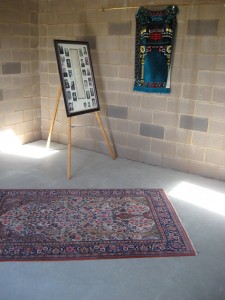
A place of Peace, the Ross Mosque, July 28, 2007
My growing up was in the tiniest of communities in various parts of North Dakota. The population density of ND, then, was roughly ten persons per square mile. Today it is really not much different.
We lived in eight different places in my first eighteen years, twice, literally, in the country. Five of those eighteen years, our closest neighbors were farmers. Sometimes the towns were mostly Catholic (my “brand”), sometimes mostly Lutheran, with a few other Protestants tossed in. If there were atheists (and there were atheists, I’m certain), they kept quiet….
There was almost no cultural diversity of any kind worth noting in those small towns of my youth.
Then there was 1953-54, my eighth grade year, in the “blink of an eye” town of Ross where I met the only childhood friend I still keep up with regularly, 62 years later.
I knew him as Emmett, a farm kid; the official records record his first name as Mohammed. I am forever grateful that he and I met, and have stayed in contact ever since. He was and is a great gift to me.
The rest of this part of the story is
here, from Sep 5, 2010.
For those who are all stirred up about Muslims these days, but really have never actually known a Muslim, I’d recommend this, my own, story about a Muslim kid and his farm family and kinfolk in my tiny North Dakota town.
Many years have passed by since 1953-54.
I have known many Muslims in many contexts over the years.
Just last year I spent a couple of months with Ehtasham and Suhail, from Pakistan, whose project was to film Americans who professed peace.
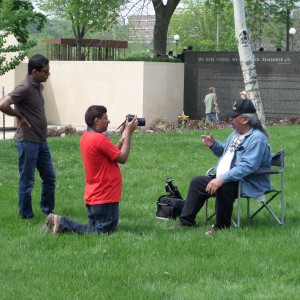
Ehtasham interviewing Native American author and Vietnam War veteran Jim Northrup, Memorial Day, 2014, Vets for Peace gathering.
(Ehtasham Anwars
Facebook page includes two video summaries of his interviews of 10 Minnesota Peacemakers. Take a look. Scroll down right hand side.)
Sometimes I see amusing things, like the time, in my town, when I saw a tall Catholic Nun in the traditional black habit, coming out of the local FedEx. She brought back old Catholic school boy memories for me. She was out of place, that’s for sure. Then the person opened the car door and when she turned I saw that she had her face covered, in full
hijab.
The only generalization I can make about Muslims is that they are just good people, like anyone else.
Occasionally, certainly, a rotten apple can be found in the barrel of life – it is no work of genius to find an example.
But we Christians, and those who are Jews, don’t have to look very hard to find our own very bad examples. Start with supposed “leaders” who gin up fear and resentment of some “other” for political advantage.
But at its essence, all of us, all of humanity – share common roots; and we are generally good people.
Take the time to really appreciate others you may not know, and appreciate their own customs and traditions which are very rich.
There are many positive websites. Here’s one to begin with:
Islamic Resource Group. Another is
Unity Productions Foundation.

Ruhel and Lynn, Dec. 2, 2015, Bloomington MN
When we went to visit our friend, Lynn Elling, in the Nursing Home, Ruhel Islam of Gandhi Mahal Restaurant in Minneapolis brought along soup and bread from the restaurant, and helped feed Lynn. It was a very tender time.
It will always stay in my mind that at the very time Ruhel was helping Lynn eat the soup he had brought, the two killers in San Bernardino were preparing to press the trigger in their insane rampage. We had no way of knowing that. Ruhel’s action represented the very best of humanity, what we see most. The killers in any places represent the murderous fringe of all societies.
Who do we wish to recognize and empower?
POSTSCRIPT:
There seems considerable fantasy thinking when the emphasis is on the belief that terror can be kept out, by refusing to allow people who might theoretically do bad things in.
Not only can we not keep terror out, but the very hysteria of labeling people or groups as somehow evil only magnifies the threat to us.
I have a small personal example from a dozen years ago.
I was invited to join a delegation going to Haiti in 2003. I was the oldest in the group, and I went only as an opportunity to learn. That was my sole agenda.
On a particular day, we were invited to visit with a group of men and women from a slum, all of whom had been victims of political oppression, including rape, and the like. It was plausibly believed, at the time, that the United States was behind a move to oust the democratically elected President of Haiti, whose constituency was the poor, the very constituency we were visiting. The U.S. had previously supported the long-time brutal dictator of the country and, paradoxically, was not enamored of “democracy” in that impoverished country.
I just sat and listened as people described the outrages that had happened to them some years earlier. I had nothing to say. I took a few photos.
Afterwards, after a lunch provided by us, we went around the group to shake hands.
One of the men – I remember this vividly – refused to shake my hand.
I reminded him of something. Perhaps my age, my race, my nation, my demeanor reminded him of something offensive, probably related to the historical long time dominance over his country by the United States of America.
The “blowback” these days for dissing someone else is very likely and deliberate.
In even the poorest countries there are cell phones and television and networks now. People are aware.
What happened in Haiti sticks in my mind whenever I’m reminded of the gracious invitation of my friend in Pakistan to come and visit his country. Who is it who will see this American if I visit, and I remind him of something?
In other words, we make bad things much much worse by our “better than thou” attitude.
Our national arrogance is not helpful.
